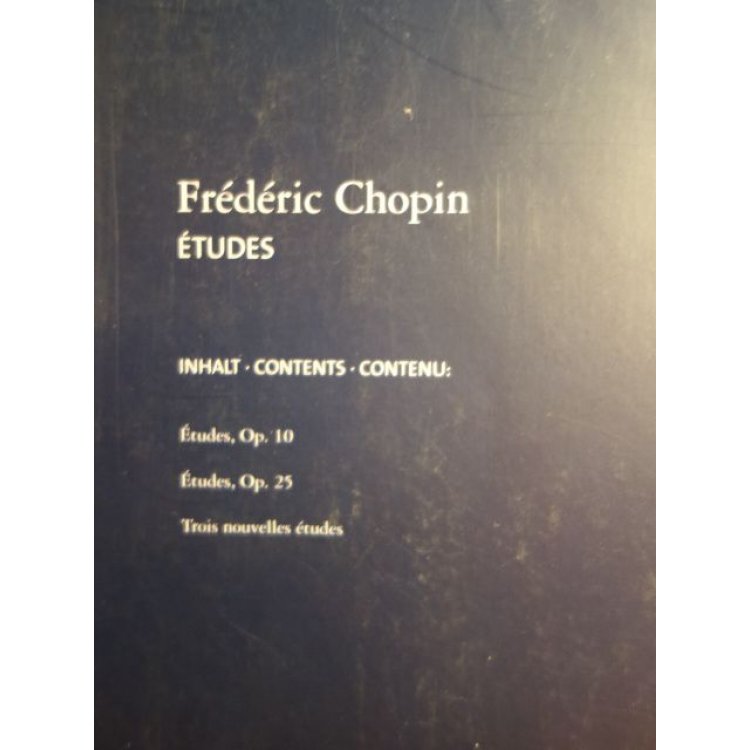
In April 2015 a new piece for violin and piano, "Chase" was premiered in a concert at Belles Artes in San Miguel de Allende, Gto. Publications include two books of pedagogy for guitar, one on technique and the other on playing Bach, which included eight new transcriptions for guitar.įour Pieces for Violin and Guitar were published by The Avondale Press in Vancouver. Degrees in music from McGill University in performance, post-graduate study in musicology.Ĭatalogue includes a cycle of twelve songs, two suites for solo guitar, chamber music for violin, viola and guitar, two guitars and harpsichord and other combinations including three pieces for guitar orchestra published by Guitarissimo of Stockholm, Sweden.

But in fantasia-like solo music, the shaping takes over and the notation is really only a sketch. Often, in music that is very motoric, the shaping is very subtle and does not interfere with the 'groove'. Chopin simply could not play in strict time."īerlioz, we have to understand, is speaking as a conductor and one who was struggling to get European orchestras of the time to both play in tune and play in time! For the truth of it is that all musicians, and all soloists in particular, shape the rhythmic and metric aspect of the music they play. My evidence for this are some accounts of his playing by contemporary musicians, some of whom accused him of stretching out the 3/4 measure of a mazurka so that it almost seemed to have four beats! Berlioz went even further when he wrote in his Memoirs that "Chopin chafed under the restraints of time, and to my mind pushed rhythmic freedom much too far. These other kinds of rubato, where the beat is actually moved forward or delayed according to the musical context, was also something Chopin may have practiced as well. But this is but one source of rubato and there are others, older and no less important. It is just what we would hear in the Italian opera house in the early 19th century: the singer taking liberties with the rhythm, but always settling back into synchronization with the orchestra, who have been keeping a steady beat. I suspect that this philosophy or methodology of rubato is related to the large influence Italian opera had on Chopin, especially as concerns the melody. This works well, I suspect, for a lot of the textures we find in Chopin. We find this account, for example, in Carl Mikuli's introduction to the complete edition of 1879. It was indeed something that was to be constrained to the right hand, or melody, while the left hand, or accompaniment, kept to a steady beat. Here it is-Īs a guitarist, I stand a bit apart from this issue, but from studying Chopin, I am certainly aware of the way that Chopin and his students talked about rubato. This type can be further divided into the groups of robbing the tempo but giving it back at some point (used more for older music), and robbing and not giving it back (later romantic especially).Īnyway, I composed a piece of music where I use Chopin's style of rubato for the main theme, but I actually notated the right hand rubato as rhythmically accurate as possible (without getting ridiculous). The type of rubato you mention is more of the Lisztian variety which ALL pianists use today. Cziffra can be heard using it with Chopin. It is very hard to find even old recordings where this is done. He would actually keep the left hand very steady, "like the trunk of a tree", while the right hand (melody) we would let freely drift early or late with rubato, "the branches and leaves".

The funny thing is that Chopin himself used an entirely different type of rubato, one which is virtually unknown to pianists today. Nathan Shirley, a pianist and composer, left a very interesting comment on my post on Tempo Rubato that I wanted to talk about.


 0 kommentar(er)
0 kommentar(er)
